汉宫春晓图ppt课件
- 格式:ppt
- 大小:2.85 MB
- 文档页数:31
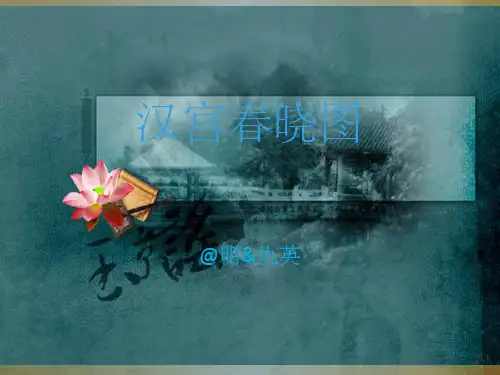
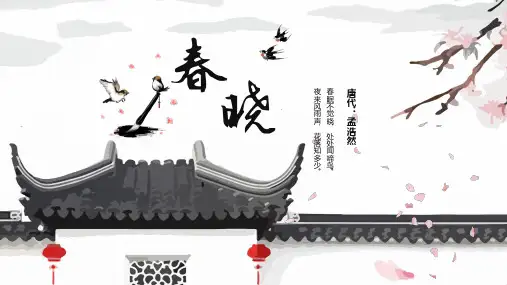
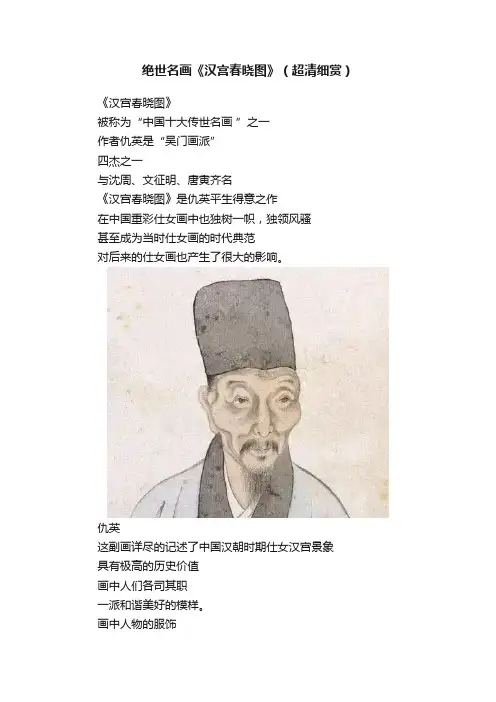
绝世名画《汉宫春晓图》(超清细赏)《汉宫春晓图》被称为“中国十大传世名画”之一作者仇英是“吴门画派”四杰之一与沈周、文征明、唐寅齐名《汉宫春晓图》是仇英平生得意之作在中国重彩仕女画中也独树一帜,独领风骚甚至成为当时仕女画的时代典范对后来的仕女画也产生了很大的影响。
仇英这副画详尽的记述了中国汉朝时期仕女汉宫景象具有极高的历史价值画中人们各司其职一派和谐美好的模样。
画中人物的服饰是典型的唐风家具则有明代特色因此画中描绘的绝非汉代宫廷而是汉人宫廷在构图上《汉宫春晓图》的布局安排极富空间感画中最大特色即房子和院子把画面一分为二一排排的宫廷房屋从右向左贯穿于画面但是房屋的一半只露于画面上,没有画出房顶院子和房屋各占面积的一半这种构图使得画面的横向空间增大画面徐徐展开在晨雾弥漫的树丛中若隐若现着金色殿宇顶随风飘动的黄旗视野移到画面的入口一扇半开半掩的大门高高的院墙上装饰着华丽的琉璃瓦门前立有一块太湖石进入院内首先是一片池塘有两个仕女和一个男童正倚靠在池塘边的护栏上俯身望着池中点点的浮萍和低飞的白鹭身后两只孔雀在觅食屋内有两位侍者执扇相背而立一位婢女伫立在半开的门边若有所思再往前走是一处较为空旷的院落有仕女在打理花草攀枝折桂三三两两谈笑有声放大看《汉宫春晓图》(局部)《汉宫春晓图》是中国十大传世名画之一,中国重彩仕女第一长卷。
明代仇英作,绢本重彩,纵30.6厘米,横574.1厘米,现藏于台北故宫,作为装饰性绘画来说属于巨制。
《汉宫春晓图》(局部)作品以春日晨曦中的汉代宫廷为题,描绘宫中缤妃生活和佳丽百态;全画构景繁复,用笔清劲而赋色妍雅,林木、奇石与华丽的宫阙穿插掩映,铺陈出宛如仙境般的瑰丽景象。
除却美女群像之外,复融入琴棋书画、鉴古、莳花等文人式的休闲活动,诚为仇英历史故事画中的精彩之作。
接下来,就随小编细看古代宫廷美女们都在玩什么?【卷首】当画面徐徐展开首先映入眼帘的是卷首的二十四枚印章其中九方白文印十五方朱文印“乾隆御览之宝”“嘉庆御览之宝”“神品”……开卷在晨雾弥漫的树丛中若隐若现着金色殿宇顶随风飘动的黄旗这是整幅图卷的前奏视野移到画面的入口一张半开半掩的大门高高的院墙上装饰着华丽的琉璃瓦门前立有一块太湖石挡住了由外观内的视线进入院内便是另一番天地【第一幕】看到了地面飘起的晨雾吗?按雾气的聚拢程度猜测在7点-8点之间初春的北京城古代的小姐姐们早早地起床活动了起床后该干啥?▲火盆能带来些温暖吧!▲比广场大妈还舞动人生!▲起床后一定要打扮打扮!当然也有些户外活动眼前便是一片池塘有两个仕女和一个男童正倚靠在池塘边的护栏上俯身望着池中点点的浮萍和低飞的白鹭▲赏鱼观鸟身后的宫苑中有位仕女在给孔雀喂食屋内两个执扇的侍者正相背而立一位衣着朴素的宫婢伫立在半开的门边眼神望向远方▲孔雀喂食长期以来带有皇冠般的羽毛装饰性尾巴的孔雀在亚洲与欧洲的艺术中都是一种传统的皇权象征▲浇花再往前走是一处较为空旷的院落有仕女在打理花草攀枝折桂三三两两聚在一起谈笑有声▲你摘我戴▲扑蝶【第二幕】行至卷中主要以三处宫苑为主要活动场景▲喵星人这一处宫苑描绘了一群仕女舞蹈、奏乐等活动乐器有琵琶、古琴、古筝、笛子等与闹腾的乐舞表演相对应的便是那只在房间睡觉的懒猫▲大明女子乐坊有人在演奏乐器有人在跳舞画面的和谐感就这么被强调出来了▲斗草的游戏从周代就有这两位小姐姐在安静地阅读她们用手肘撑扶斜卧阅读完美的鹅蛋形脸庞微微侧着她们或许代表了一种理想美的形式眼眉清秀,嘴唇秀美鼻子以侧面表现用一根线画出▲闲暇时翻翻书,弹弹琴,多么悠闲自在宫中嫔妃的消遣方式显示了她们的受教育程度和文化水平强调了她们的地位有些人在下棋或学习书法有些人在赏画或奏乐也传达出她们对审美与知识追求的热情▲对弈(注意看她那条二郎腿~)这是第二处宫苑前景中有两位身着华丽的女子在弈棋旁边的小孩童正由一位婢女照应着画面中的仆人衣着朴素,装饰简单与仕女之间有着较为清晰的等级之分其身后的场景中一个孩童蹲在地上玩小狗与宋代流行的婴戏题材一脉相承视线再往左移可看到倦绣与捣练的场景这两个场景都借鉴了唐代绘画风格尤其是画中捣练的场景与唐代张萱的《捣练图》十分相似只是仕女稍微变动了一下位置服装与头饰也都是明人的风格▲刺绣▲捣练接着是第三处宫苑这里有人正在画像两旁站着数十位宫婢侍从▲元帝的其中一位嫔妃正在接受画像▲可惜没有朋友圈全卷中的男性形象根据服饰大致可以分为三类第一类是男官头戴绣有精致花纹的官帽身穿圆领袖袍腰上系红色革带第二类是侍卫衣着朴素头戴巾角向上翘起的巾帽手持卫棍也身穿圆领袖袍腰上系红色革带第三类是宫廷画师身穿浅色对襟宽口袖长袍头戴官帽,蓄有胡须【卷尾】行至卷末只两个侍卫立于宫墙之外全卷有开有闭首尾呼应卷尾有仇英亲笔写的小楷题款“仇英实父堇制”题款下方分别有“实父”和“仇英”两枚印章此外卷末还有不同大小印章十九枚从中可以清晰的辨识出“项子京家珍藏”“项元汴印”“墨林”等项元汴的印章由此可推断出仇英《汉宫春晓图》曾由项元汴收藏后进入清朝内务府温馨提示:ART艺术共赏转载发布内容如有侵权,请后台联系我们,我们会在第一时间处理或撤销,我们希望在资源共享的同时,与您共同维护互联网的良好生态,谢谢.。
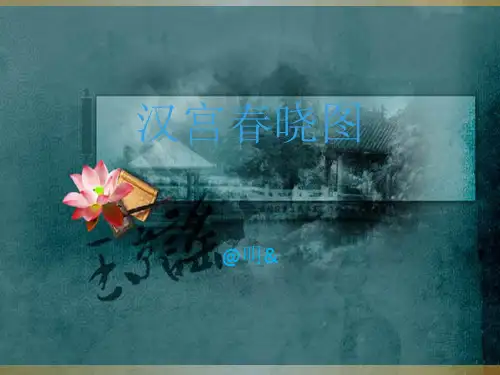
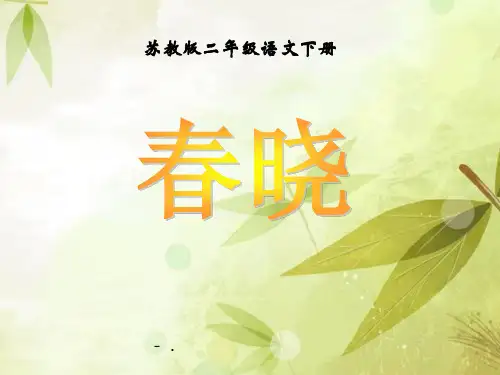

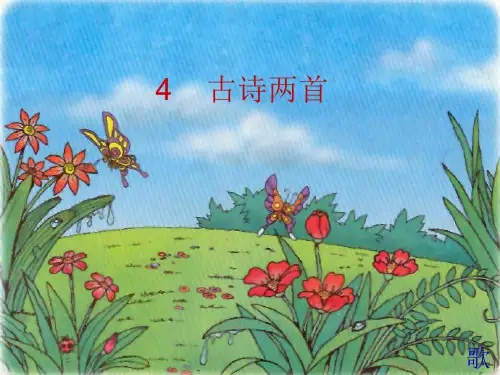
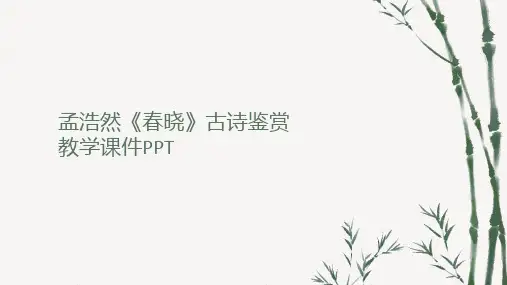
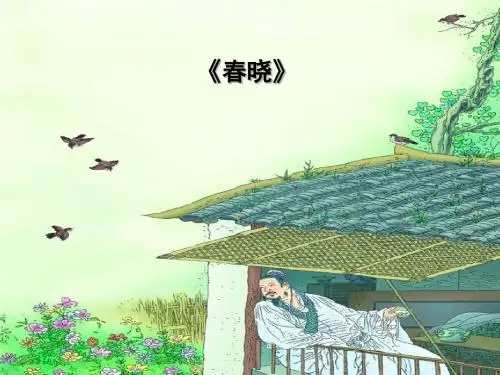
![[总结]汉宫春晓图](https://uimg.taocdn.com/051599cb5122aaea998fcc22bcd126fff7055dec.webp)
汉宫春晓中国十大传世名画之一。
中国重彩仕女第一长卷。
绢本重彩,尺幅很大,作为装饰性绘画来说属于巨制。
汉宫春晓是中国人物画的传统题材,主要描绘宫中缤妃生活。
清代院画家作过多本,无非是借皇家园庭殿宇之盛以骋其华缛藻丽之笔罢了。
图中人物发型服装皆为汉代式样,但宫室、家具的形制皆是明朝的。
全画构景繁复,用笔清劲而赋色妍雅,林木、奇石与华丽的宫阙穿插掩映,铺陈出宛如仙境般的瑰丽景象。
除却美女群像之外,复融入琴棋书画、鉴古、莳花等文人式的休闲活动,诚为仇英历史故事画中的精彩之作《汉宫春晓图》是仇英重彩仕女画的杰出代表。
仇英是明代有代表性的画家之一,与沈周,文征明和唐寅被后世并称为“明四家”,亦称“吴门四杰”。
沈、文、唐三家,不仅以画取胜,且佐以诗句题跋,就画格而言,唐,仇相接近,仇英,字实父,号十洲,江苏太仓人,侨居苏州,生卒年月不详,约生于明弘治十一年左右(1498年),卒于明世宗嘉靖三十年(1552年)。
存世画迹有《玉洞仙源图》、《桃村草堂图》、《剑阁图》、《松溪论画图》等。
其作品见于明正德己巳至嘉靖壬子间,为明代四大家之一。
仇英在他的画上,一般只题名款。
仇英在绘画上以“重彩仕女”著称于世,《汉宫春晓图》是仇英重彩仕女画的杰出代表。
此图勾勒秀劲而设色妍雅,画家借皇家园林殿宇之盛,以极其华丽的笔墨表现出宫中嫔妃的日常生活,极勾描渲敷之能事。
不仅是仇英平生得意之作,在中国重彩仕女画中也独树一臶,仇英不仅画艺超群,独领风骚。
而且与书法亦极有造诣,曾有书法作品被收入清宫内府,藏于养性殿内。
百骏图图卷,绢本,设色画。
纵:94.5公分,横:776.2公分。
Giuseppe Castiglione (1688~1766),中国名郎世宁。
意大利米兰人。
耶稣会教士,二十七岁来华传教,後以绘事供奉朝廷,历仕康熙、雍正、乾隆三朝。
兼擅人物、花卉、鸟兽;动物中,以马画最多,亦最传神。
百骏图本幅画姿态各异之骏马百匹,放牧游息於草原的场面。
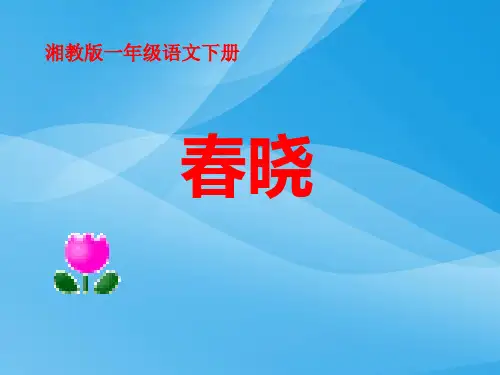
汉宫春晓图(hàn gōng chūn xiǎo tú)Spring Morning in the Han Palace➊In this scene, a group of court ladies and maids watch an imperial court artist paint the portrait of anothercourt lady.Hangong Chunxiao Tu or "Spring Morning in the Han Palace" has long been cherished byChinese art lovers as one of the top 10 masterpieces in traditional Chinese painting.The 30.6 ×574.1 cm, ink and color on silk handscroll was painted in the 16th century by Qiu Ying(circa 1498-1552), a prominent painter in the Ming Dynasty (1368-1644).Qiu was born into a peasant's family in Taicang in today's Jiangsu Province in east China and hisfamily was later moved to Suzhou, a scenic city in the same province.In his early youth, Qiu worked as a lacquerer who painted columns and beams of rich people'shouses. But later, he gained a reputation after his works were highly praised by Wen Zhengming(1470-1559), a renowned painter andcalligrapher.His talent was also appreciated by another professional painter Zhou Chen (1460-1535), wholater became Qiu's art teacher. Under Zhou's tutorship, the young painter copied manymasterpiece artworks of the Song Dynasty (960-1279) in order to learn the painting skills of thattime.Some of his copies, such as the famous "Along the River During the Qingming Festival," were soconvincing that even many art specialists could hardly discriminate them from the originals.Qiu later became a versatile painter and developed a number of fabulous painting skills ininkwash, line drawing and fine brush painting. The subjects of his paintings range from figures,birds, flowers, buildings and landscapes. However, he was best known for belle painting as well as ruler-lined painting, which refers to thetraditional Chinese painting of architectural subjects, such as buildings, boats, wheeled vehicles,and other mechanical apparatuses with the aid of various rulers.➋Qiu copied many masterpieces of the Song Dynasty in order to learn the painting skills. This part of thepainting resembles "Court Ladies Preparing Newly Woven Silk," (below) which is an example of how hiswork was rooted in those masterpieces.Qiu's masterpiece "Spring Morning in the Han Palace" is a perfect combination of the two.The long handscroll depicts a variety of activities on a spring morning in the imperial palace ofthe Han Dynasty (202 BC-220 AD), though some of the objects and textile patterns apparentlybelonged to the painter's own time.In the painting, there are altogether 115 figures, including court ladies, maids, eunuchs, paintersand children. In an idyllic atmosphere, some of them are unhurriedly sweeping the yards,watering flowers or carrying things about, others are playing Chinese musical instruments,appreciating paintings, playing chess, reading books, chasing a butterfly or dancing and chatting.One of the major scenes in the painting portrays a group of court ladies and maids watching animperial court artist paint the portrait of another court lady, which was common practice during that time as emperors usually depended upon portraits to pick the court ladies. So, the ladiesalways bribed the artists to paint them prettier than they really were.This scene reminds many viewers of the story about a beauty in the Han palace who refused tobribe her portraitist. As a result, the artist painted her less pretty than other court ladies, thusdenying her the opportunity to meet the emperor.Later, when the emperor gave the beauty away to a chieftain from a northern nomad tribe as hiswife, he found out that she was the most beautiful woman he had ever seen. In a flash of rage,the emperor ordered the immediate execution of the portrait painter.From right to left, the usual way of appreciating traditional Chinese handscroll paintings, one willfind that scenes in this artwork are very well arranged in an intricate and rather sophisticatedcomposition. The brushworks here are crisp and refined and the colors are bright and elegant.Qiu's court ladies and maids in this painting are so well portrayed that the artwork soon becamea paradigm of belle painting or traditional Chinese painting of beautiful women for Chineseartists in the following centuries.Dozens of Qiu's artworks survived the centuries, and "Spring Morning in the Han Palace" is nowhoused in the Palace Museum in Taipei.。